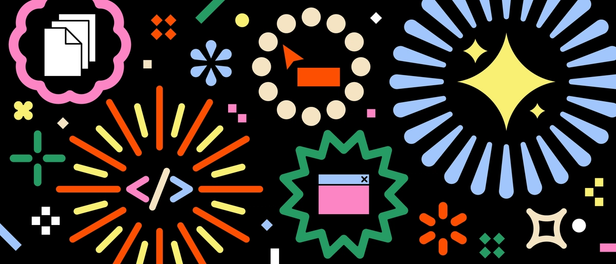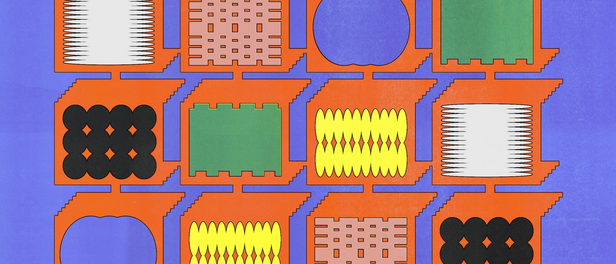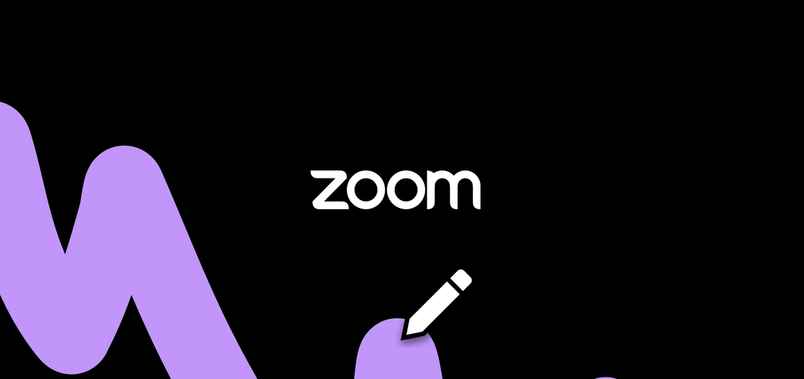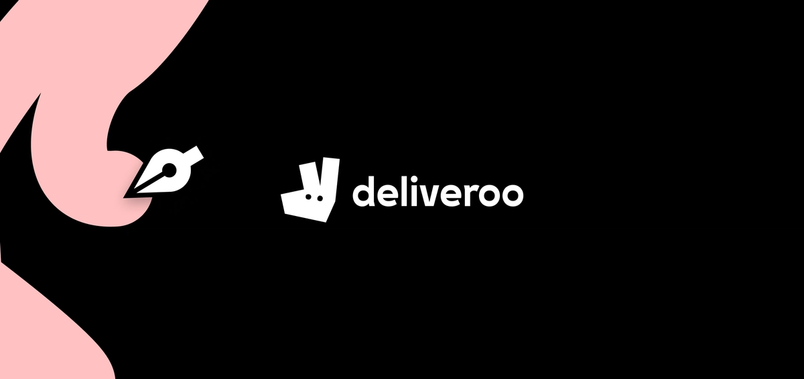How BT, a 174-year-old company, continues to push the telecommunication industry forward

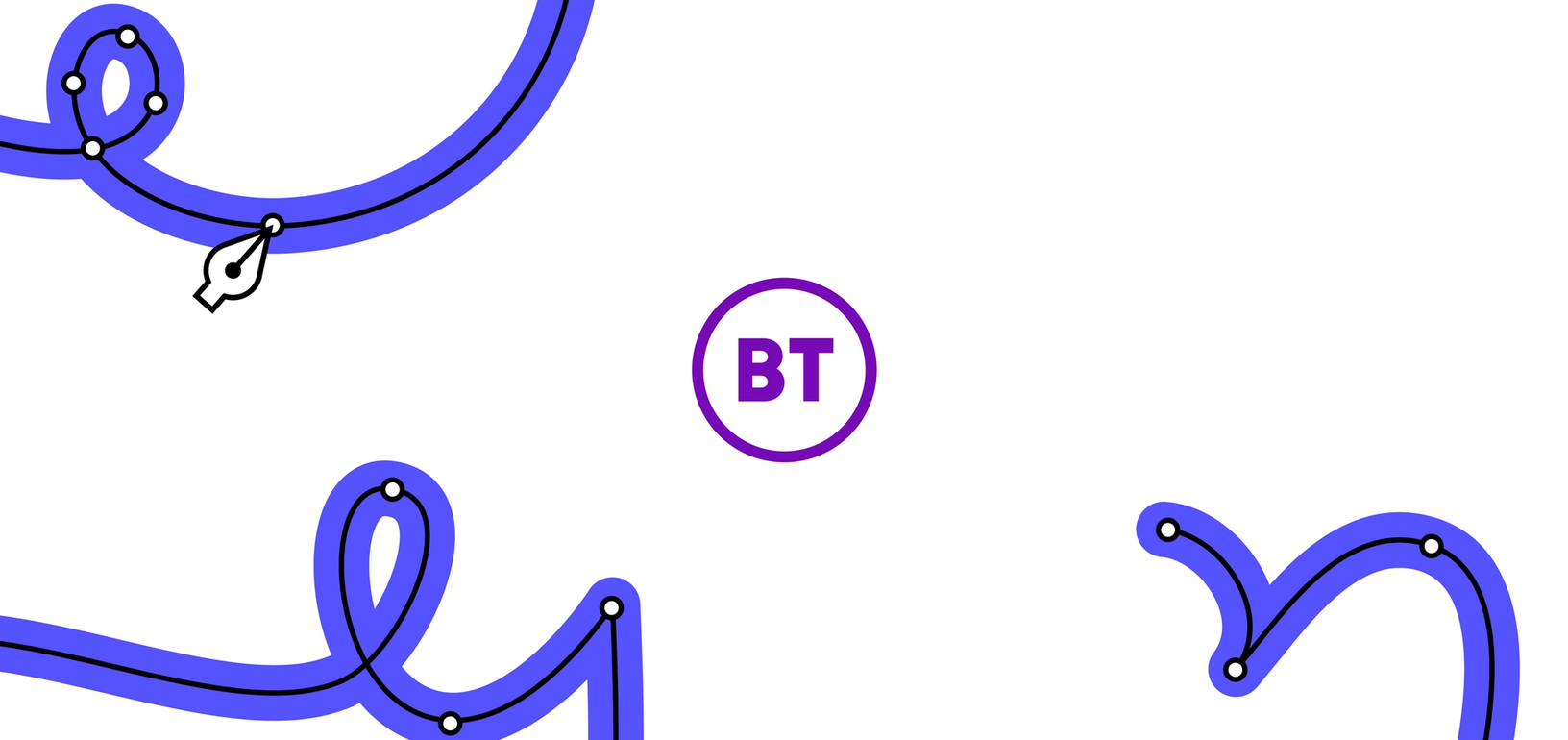
Learn how designers, product owners, content designers, and engineers all collaborate in Figma to drive innovation.
In 1846, the world welcomed the first public telegraph provider, Electric Telegraph Company. It broke down the barrier of distance and forever changed how people connected with one another. Through the years, Electric Telegraph evolved into what we know of today as BT, one of the world’s leading telecommunications providers who delivers communication services to over 180 countries.
But continuing to innovate for almost two centuries comes with its challenges. Beyond the many technological advancements to adapt to, consumers today have more power than ever to choose the brands and products they prefer. Companies like BT have to compete not only on performance and features, but also on the quality of user experience. To keep up, BT has had to look internally, re-evaluating how teams work together to deliver better products for customers.
The evolution to a product squad model
The first step to BT’s transformation was redesigning how teams build and ship products. The product, engineering, and design teams were re-organized into a product squad model, where smaller, more flexible teams were formed to own end-to-end delivery of their product. For the first time, a designer’s team wasn’t just made up of fellow designers; teammates included product owners, engineers, content designers, and others.
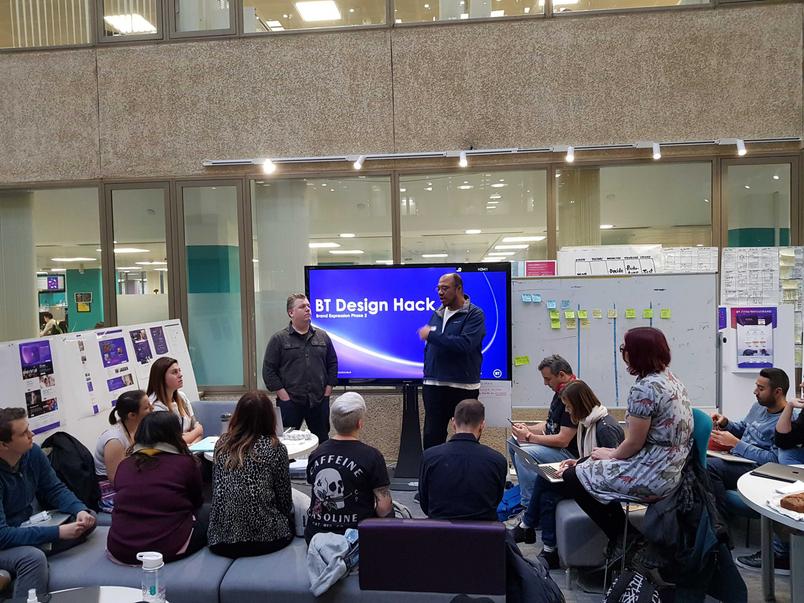
While the product squad model encouraged a more collaborative approach, it shined a light on workflow issues—too many different tools, inefficient processes, and communication hurdles. “We were juggling docs, Sketch, InVision, Jira, and many other tools,” said Head of Design Operations Matt Gottschalk. “We spent more time moving content and design files between tools and managing multiple feedback streams than on the design work itself. When processes aren’t streamlined, it’s hard to collaborate and design cohesively across teams and multiple product lines.”
To help alleviate some of these challenges, the design operations team started a re-evaluation of their design organization’s tools.
Migrating to Figma
With over 180 designers, the design operations team had to thoughtfully pilot Figma and other tools to get buy-in. They started by testing Figma with one product squad over a two-month period. Within a few weeks, that product squad started to report back positive feedback. “The squad found it easier to collaborate in real-time,” Gottschalk said. “Design hand-offs became easier, and we stopped having to move design files from tool to tool. We just designed, prototyped, and presented design work all from one place.”
But it wasn’t just designers who benefited. Product owners, and engineers had more visibility into design work, allowing them to provide input earlier in the process. “Figma removed silos within our product squads and enabled the rest of the product squad to be part of the design process,” Gottschalk said.
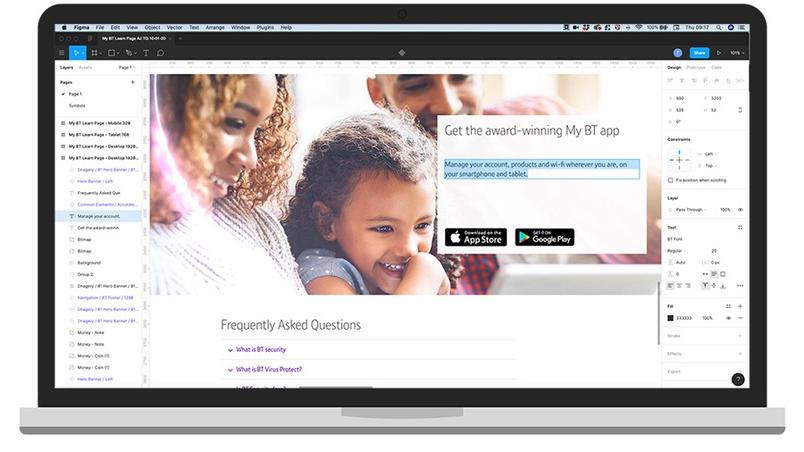
After the pilot, BT rolled out Figma across all product squads. Today, designers, product owners, content designers, and engineers all jump into Figma to design together. Beyond the core team, Figma has brought more visibility into design among BT’s executive stakeholders. Via a simple link, stakeholders can now view and comment on in-progress design work from any device.
“With Figma, every product squad and its stakeholders are able to work more closely towards a shared goal,” Gottschalk said. “This has enabled the squads to ship new products and features faster and feel more confident in their decisions.”
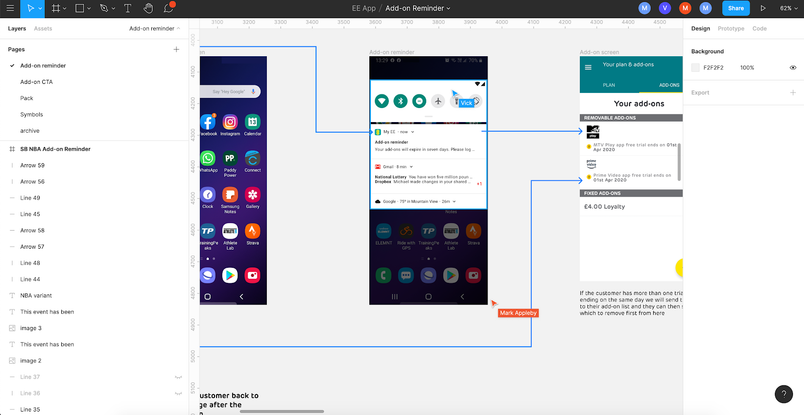
More than just collaboration
While collaboration was the most immediate benefit BT saw with Figma, they started to realize other key benefits:
- 50% cost reduction: Because Figma was able to replace Sketch and InVision, BT was able to consolidate design tools and reduce costs by 50%.
- A seat at the table: With stakeholders having more visibility into the design process, design is now more often at the forefront of business decisions and investments.
- More design consistency: BT doesn't yet have a centralized design system across brand, product, and multiple business units. Figma will provide them the opportunity to create a centralized design system which will enable them to build more cohesive products efficiently.
- Business continuity: Even though COVID-19 has unexpectedly forced BT employees to work remotely, Figma has become one of the tools where teams can congregate together to exchange ideas and solve problems.
“Figma has been a game changer for us,” said Conor Ward, Digital Design Director. “Not only are we so thankful to have moved to Figma before COVID-19, being able to design and visually communicate together on the web has become a necessity to maintain innovation.”
Today, BT employees from all different departments are signing onto Figma every day to create and collaborate. “The speed of creativity and the ability to have a shared understanding has made us all full believers in Figma” said Ward. “Instead of spending time creating polished presentations, we now do 'experience walkthroughs' with our CEO in live design files. This way of working has revolutionised our team’s efficiency and transparency.”
To learn more about how BT redesigned how they design, check out BT’s Design Team blog.
